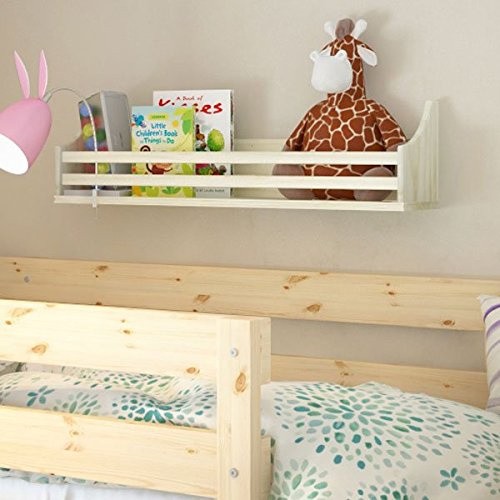
Preparing for a new addition to the family is an exciting and joyous time, but it also comes with the challenge of creating a functional and comfortable space for your little one. As families often have limited space and resources, designing a multifunctional nursery can be a smart solution.
A well-designed multifunctional nursery not only provides a cozy and nurturing environment for your baby but also adapts to their changing needs as they grow, ensuring a seamless transition from infancy to toddlerhood and beyond.
Why Build a Multifunctional Nursery
Building a multifunctional nursery offers numerous benefits for both parents and children. First and foremost, it maximizes the use of available space, allowing you to create a dedicated area for your baby without sacrificing other essential living spaces. Additionally, a multifunctional nursery can grow with your child, reducing the need for frequent and costly redecorating as they reach new developmental milestones.
By incorporating versatile elements, you can create a space that seamlessly transitions from a peaceful nursery to a playful toddler's room and, eventually, a functional bedroom for an older child.
How To Build a Multifunctional Nursery
1. Ensure the Space Can Grow With the Child
When designing a multifunctional nursery, consider the longevity of the space. Choose furniture and decor that can adapt to your child's changing needs. For example, opt for a crib that converts into a toddler bed or a full-size bed, and select a dresser that can double as a changing table with a removable top. Additionally, consider the color scheme and wallpaper patterns, opting for timeless and neutral tones that can easily transition from a nursery to a big kid's room.
2. Ensure There Is Plenty of Storage
Babies come with a lot of gear, and the need for storage only increases as they grow. Incorporate ample storage solutions into your multifunctional nursery design. Built-in shelving units, closet organizers, and ottomans with hidden storage compartments can help keep the space tidy and clutter-free. Additionally, consider investing in modular furniture pieces that can be rearranged or reconfigured as your child's storage needs evolve.
3. Prioritize Safety and Comfort
While creating a visually appealing space is important, safety and comfort should be the top priorities in a multifunctional nursery. Ensure that all furniture and decor items are made from non-toxic materials and have smooth edges to prevent injuries. Additionally, consider incorporating cozy seating options, such as a rocking chair or a plush rug, where you can comfortably bond with your little one during feeding or story time.
4. Add Personal Touches
While functionality is key, don't forget to add personal touches that reflect your family's personality and create a warm and inviting atmosphere. Incorporate sentimental items, such as heirloom blankets or artwork created by older siblings. You can also display family photos or hang personalized wall decals or murals to create a unique and cherished space for your baby.



